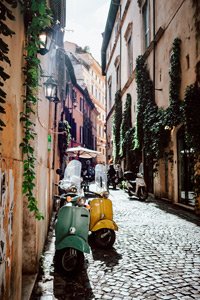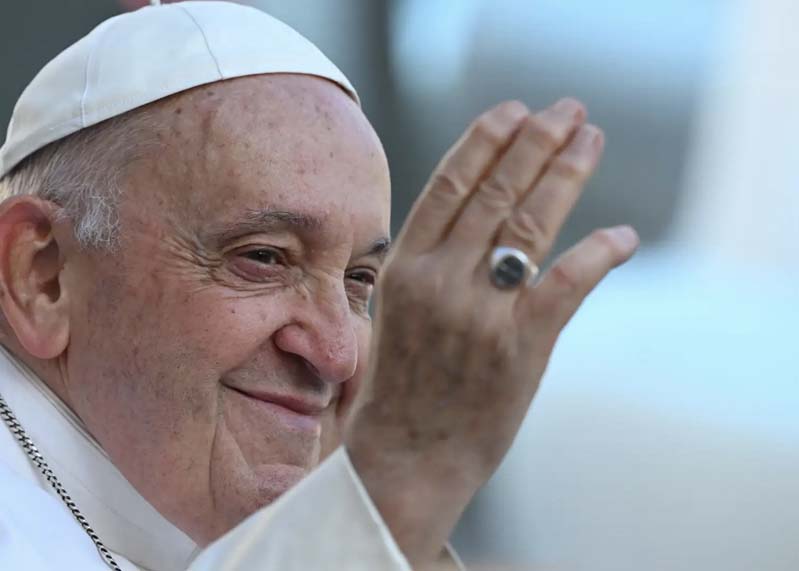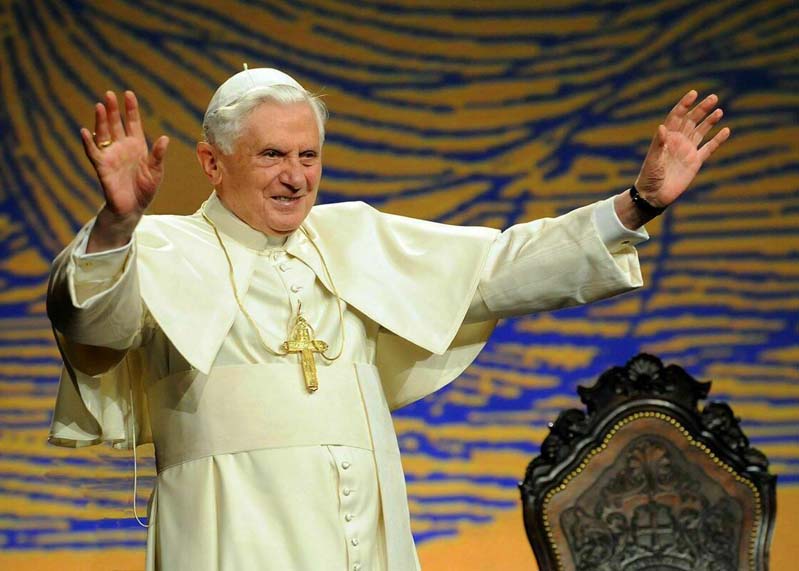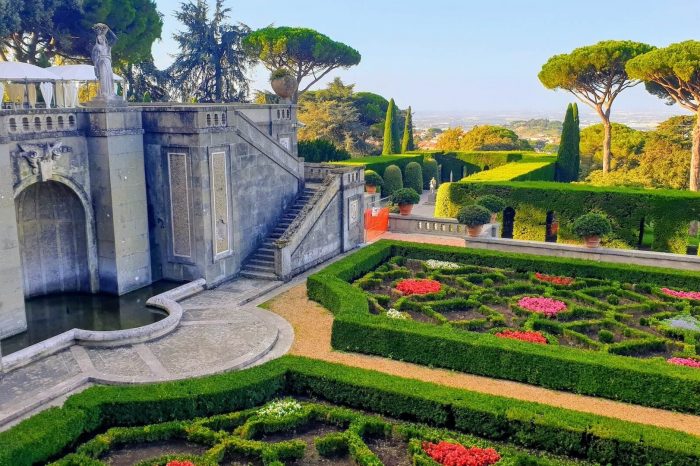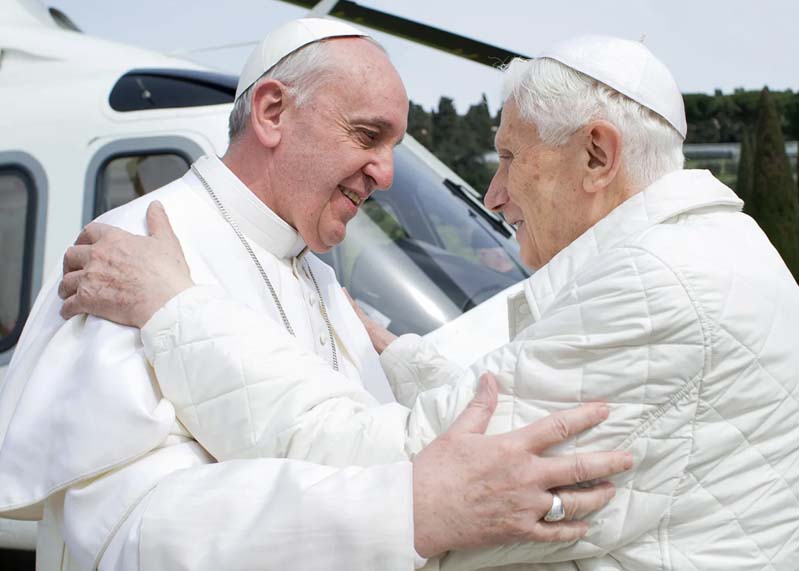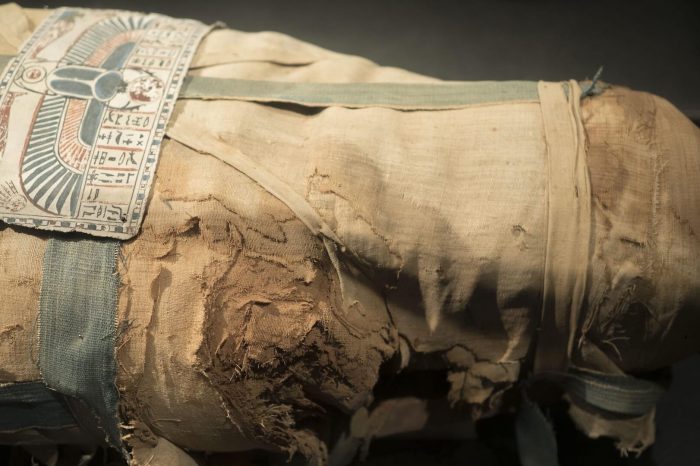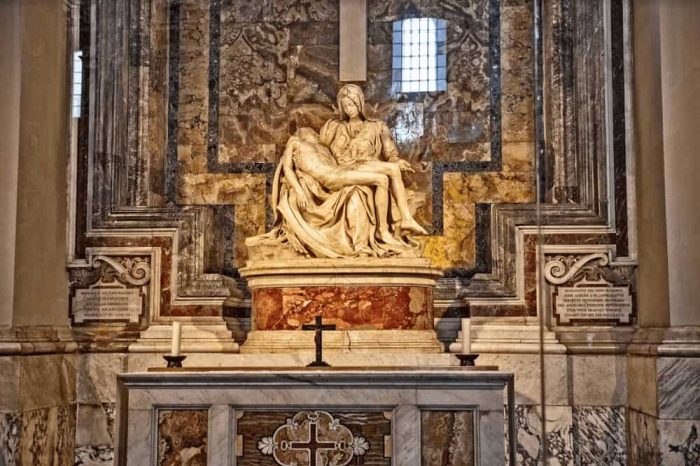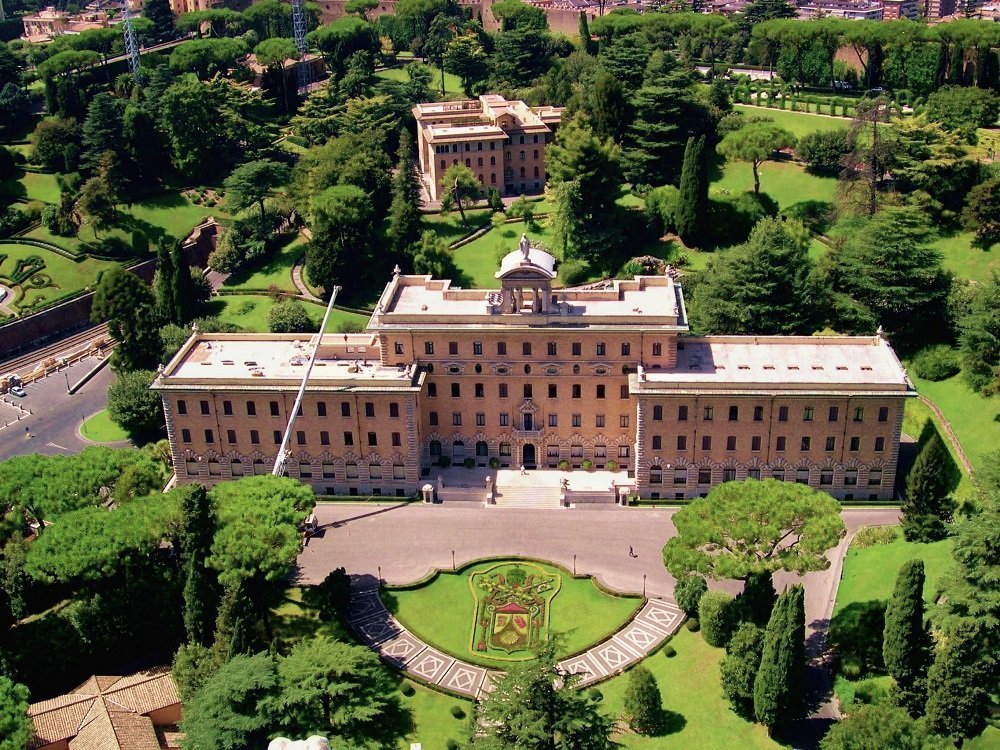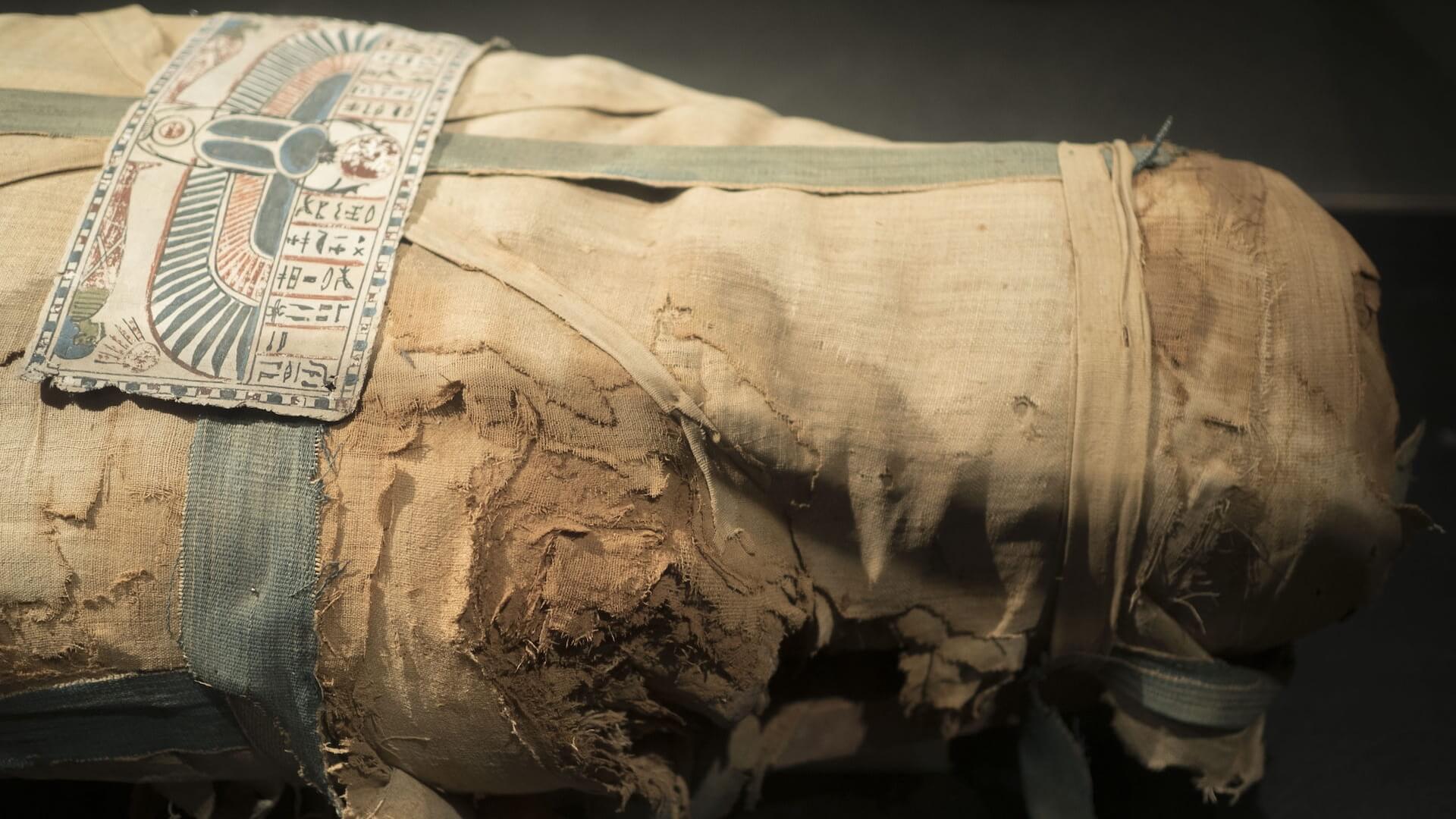The death of a pope is not merely an internal ecclesiastical affair: it is a global event wrapped in centuries-old rituals and deep symbolism.
The Pope, as the spiritual leader of the Catholic Church, has always played a pivotal role in shaping faith, tradition, and global culture. When this monumental figure passes, the world takes notice, and the ensuing events unfold according to a strict and symbolic protocol.
In Rome, iconic sites such as St. Peter’s Basilica, the Sistine Chapel, and the Vatican Grottoes become not only the stage for these solemn rites but also living museums where you can witness the enduring legacy of papal influence.
Visiting these places offers a unique insight into papal history, living a moment where spirituality meets meticulous tradition and the air is thick with history.
What happens after the death of a Pope?
The death of a Pope marks the end of an era for millions around the world.
As the supreme spiritual leader, his role has been both a beacon of hope and a custodian of tradition. His passing sends ripples far beyond the confines of Vatican walls, stirring hearts and minds globally.
Immediately following the Pope’s death, the Vatican enters a period known as Sede Vacante, Latin for “the seat being vacant.”
During this time, the Holy See stands momentarily leaderless, a pause that is as much a reflection of humility as it is of transition. The Camerlengo, a key figure in this period, is tasked with confirming the death and ensuring that every detail of the administration is managed with utmost care.
One of the more striking rituals is the historical Silver Hammer Ritual, a symbolic act where the pope’s forehead was tapped and his name called out, affirming his passing. This solemn process, steeped in both tradition and theatricality, sets the stage for what is to follow.
What happens to the Pope’s ring when he dies?
Among the many symbols of papal authority, the Fisherman’s Ring holds a unique place.
This ring, which has long been a sign of the Pope’s connection to Saint Peter, is ceremonially destroyed upon his death: this prevents any future misuse in forging official documents and symbolizes the definitive end of his papacy.
Witnessing or learning about this ritual offers a rare glimpse into the intertwining of faith and tradition that defines the Roman Catholic Church.
Who holds power when the Pope dies?
During the Sede Vacante, power within the Vatican is carefully balanced. Although the Camerlengo administers day-to-day operations, his authority is strictly provisional.
The Vatican remains without a religious leader during this period, and the true custodians of the church’s future are the College of Cardinals. These learned men retreat into the sanctum of the Sistine Chapel, where they deliberate in a process known as the Conclave, a gathering marked by intense prayer, secret ballots, and the silent weight of history.
What happens after the papal funeral?
A few days after the pope’s death, a grand funeral is held at St. Peter’s Basilica.
Here, the body of the pontiff is laid in state, inviting thousands to pay their respects. The ceremony is a visual and emotional spectacle, attended by world leaders, dignitaries, and pilgrims from across the globe.
This moment of collective mourning is not just a farewell, it is a celebration of a life that has shaped the spiritual and cultural landscape of humanity.
Is the Pope buried in three coffins?
One of the most fascinating aspects of papal funerals is the use of three coffins, each crafted from different materials that carry symbolic meaning:
- A cypress wood coffin, embodying humility,
- A lead coffin, ensuring the authenticity of the sacred remains,
- And a final outer coffin, made of walnut or elm, providing ultimate protection.
This layered ritual of interment culminates in the burial of the pope within the hallowed Vatican Grottoes beneath St. Peter’s Basilica.
When and how is a new Pope chosen? The Conclave
After the period of mourning, the College of Cardinals convenes for the Conclave, a process that begins no sooner than 15-20 days after the Pope’s death to allow all cardinals to gather in Rome.
Locked away in the Sistine Chapel, the cardinals engage in rigorous deliberations and vote twice daily.
How long does Conclave last?
While some conclaves are resolved in a single day, others have extended for weeks, all until a candidate secures the necessary two-thirds majority.
The smoke ritual
The moment when white smoke billows from the chapel’s chimney signals a breakthrough, the election of a new Pope, while black smoke signifies that consensus has yet to be reached.
This dramatic visual cue is a ritual that connects people to the very heartbeat of Vatican tradition.
Can a Pope resign?
Though it is an exceedingly rare occurrence, a Pope can choose to resign.
The historic resignation of Pope Benedict XVI in 2013, the first in over 600 years, reminds us that even the holiest of offices is subject to human frailty. In the event of a resignation, the process closely mirrors that following a pope’s death, with a Conclave convening to elect a successor, ensuring continuity and stability in the Church’s leadership.
Visiting key papal sites in Rome
Now, imagine experiencing all of this firsthand. As you wander through Rome, you can trace the footsteps of centuries of popes and immerse yourself in the legacy of their remarkable influence. Picture yourself exploring:
- St. Peter’s Basilica, where sacred history is etched in every corner,
- The Vatican and Sistine Chapel, the silent witnesses to centuries of conclaves and artistic mastery,
- St. Peter’s Square, the vibrant hub where new papal eras are unveiled.
With our expertly curated tours, you not only visit these iconic landmarks: you live the history, feel the solemnity, and appreciate the beauty of traditions that have defined the Catholic faith for generations.
Our tours offer an immersive experience that combines historical insight with engaging narratives, ensuring that every step you take is a journey into the heart of papal tradition.
Book your tour now and let us guide you through an unforgettable exploration of Rome’s sacred heritage.
